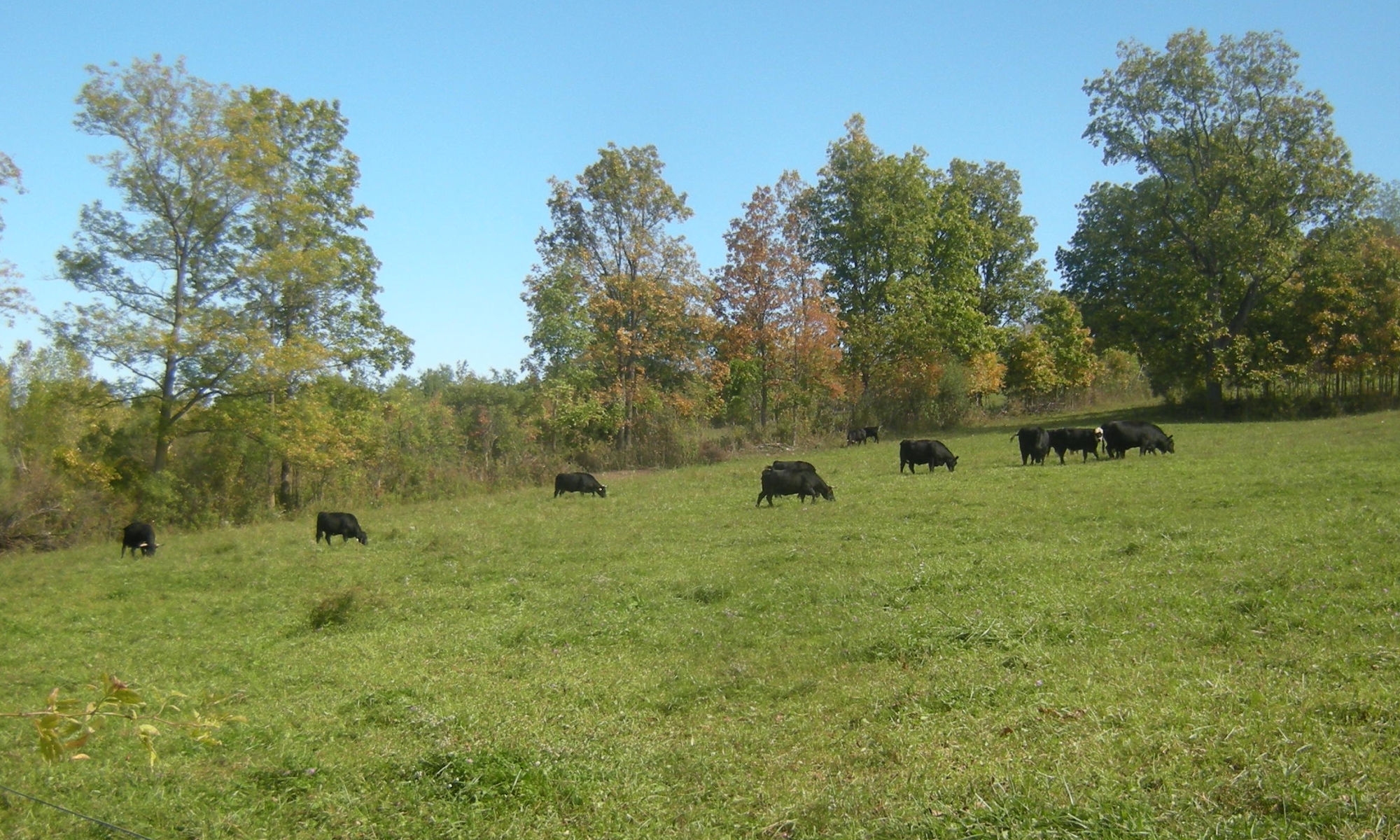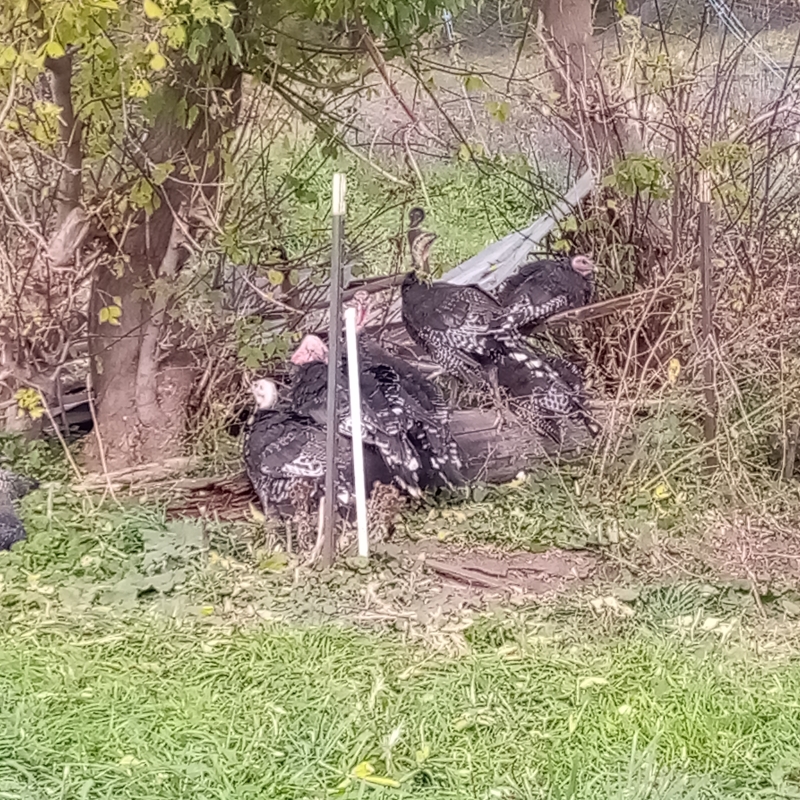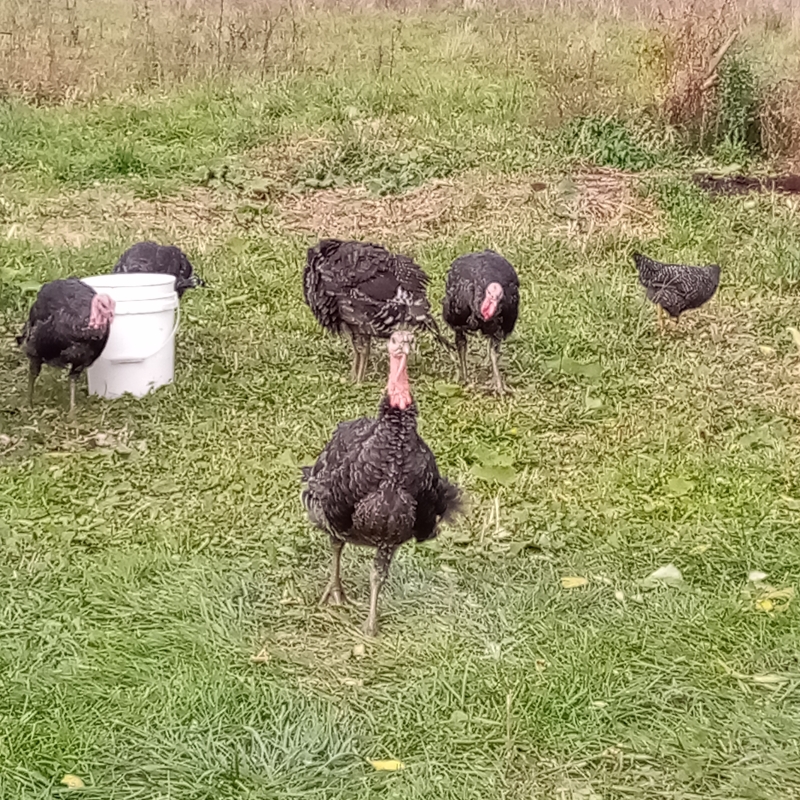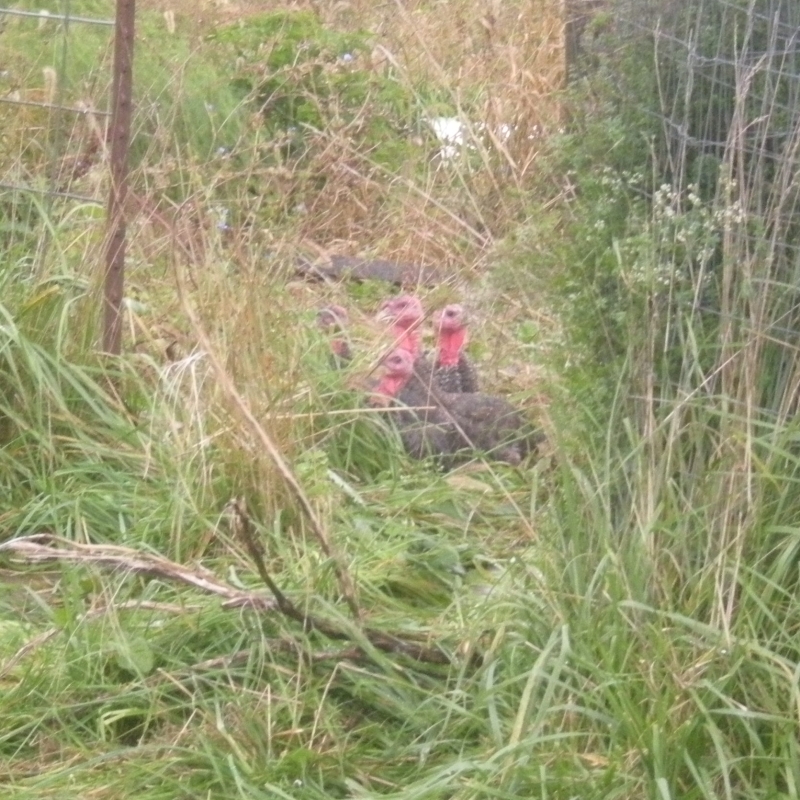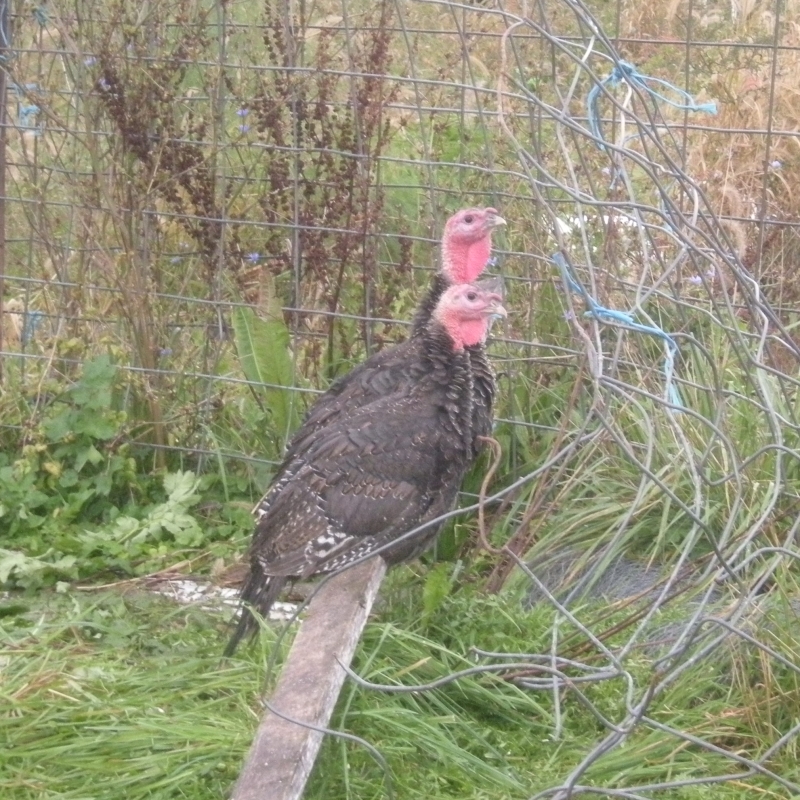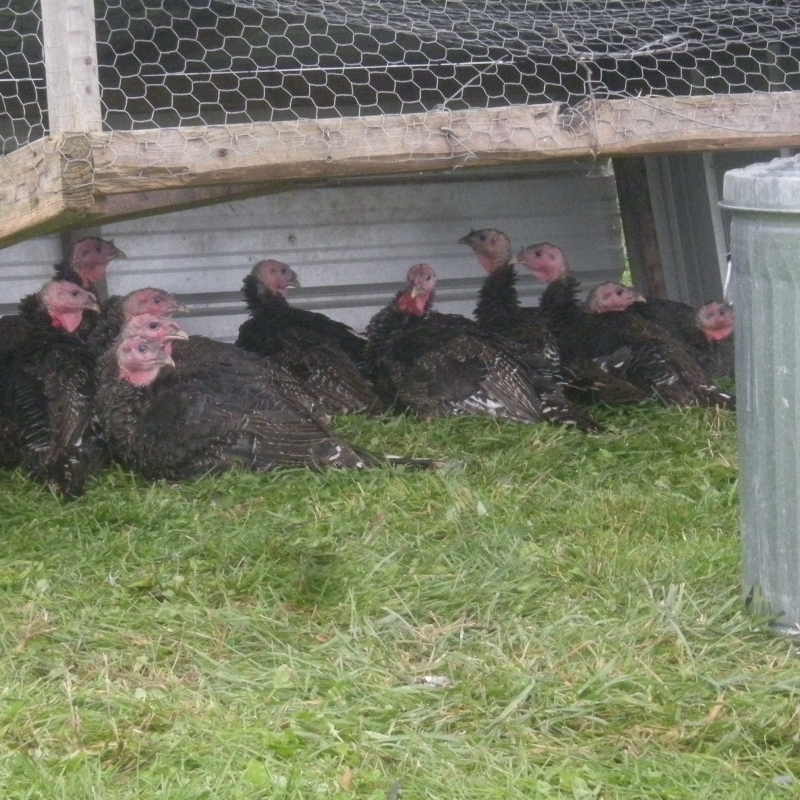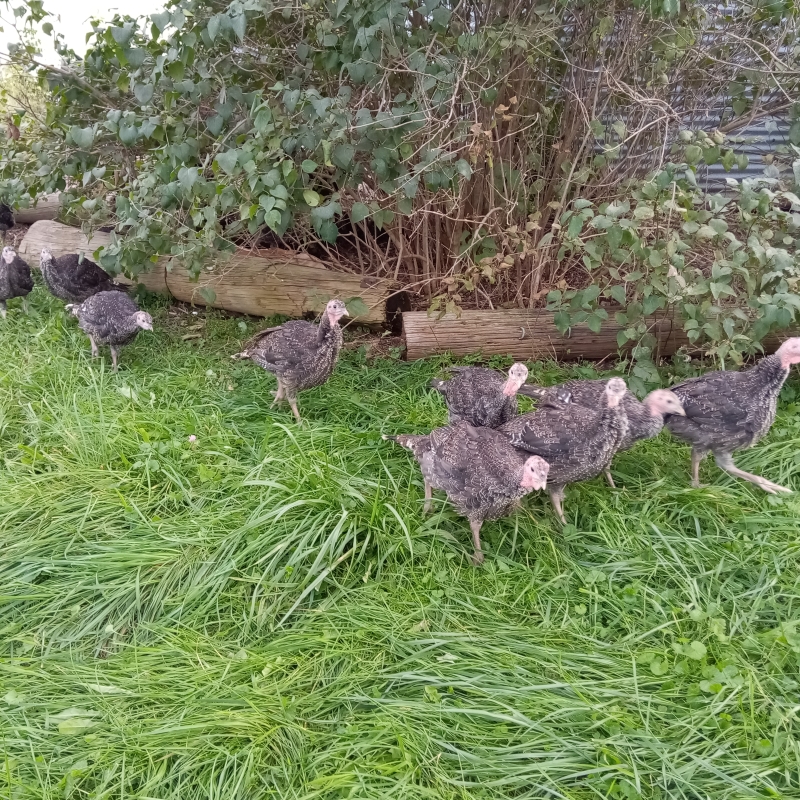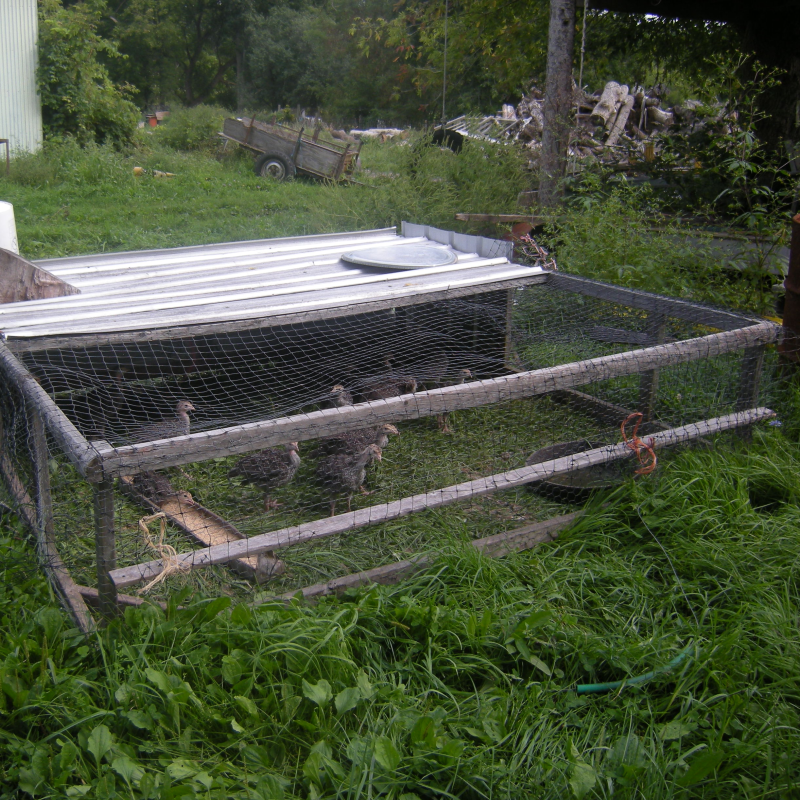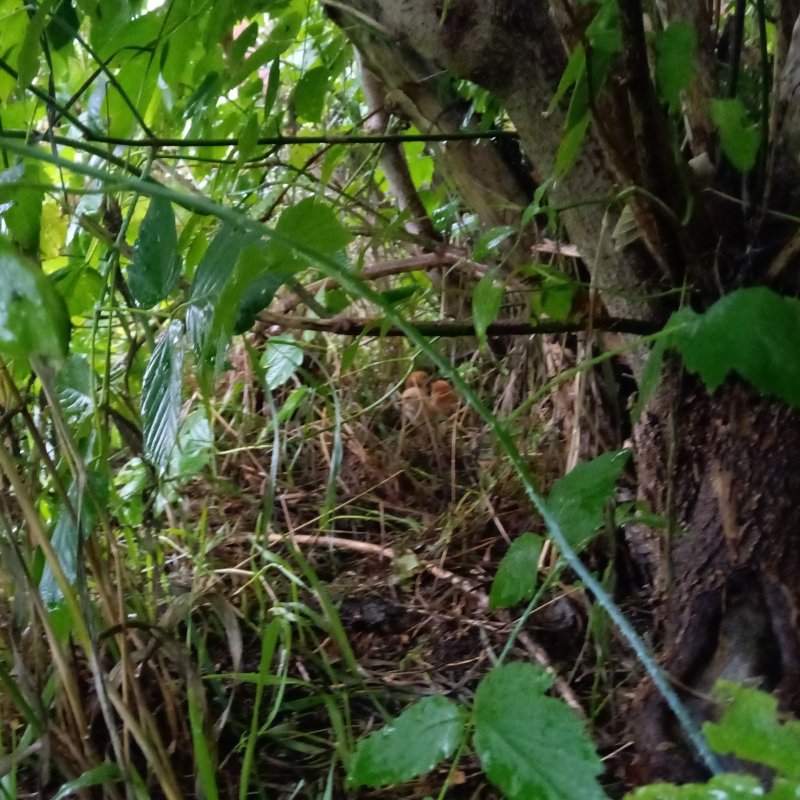Here are pics of the turkeys this year, newest to oldest, top to bottom.
Winter Services
During the winter season – November through May – we still sell our meats, eggs, and veggies as we have them available. Our available items are listed here.
We have three ways you can get our items:
- Pick up from the farm – all of our items are available from the farm. We prefer preorders, so that we can have it ready for you or let you know if it isn’t available. Call/text – 315.200.2341 or email us at sales@tojfarm.com
- Meet up at Barry Park – on the second Wednesday of each month between 3:00 and 3:30 we will bring preordered items to the south end of Barry Park. For 22-23 season the dates are Nov. 9, Dec. 14, Jan. 11., Feb. 8, Mar. 8, Apr. 12, May 10.
- Delivery to your home or location choice – For $5-15 depending on your location we will deliver to your home. Delivery in locations in areas that we normally travel are $5, in locations within 10 mi are $10, and over 10 mi are $15. On occasion we will waive our fee. Delivery is at our convenience, preferably on the second Wednesday of the month.
Want to know about this month’s offerings? Sign up here –
The form you have selected does not exist.
We use an opt-in form, so after you sign up, please check your email to confirm your email address. Then you will receive emails about what we have available. We look forward to hearing from you.
New Cows
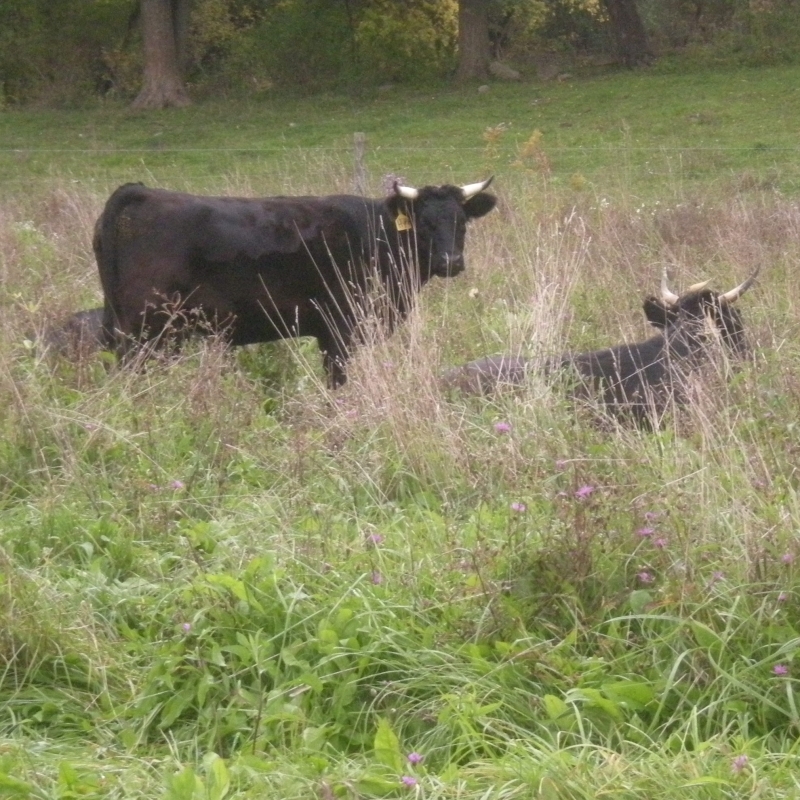
We recently bought four Dexter cows. These are a smaller dual purpose breed, good for both meat and milk. They have horns which is useful if they are trained to be oxen. They are heifers. A bull ran with them for 6-8 months, so hopefully they are all bred.
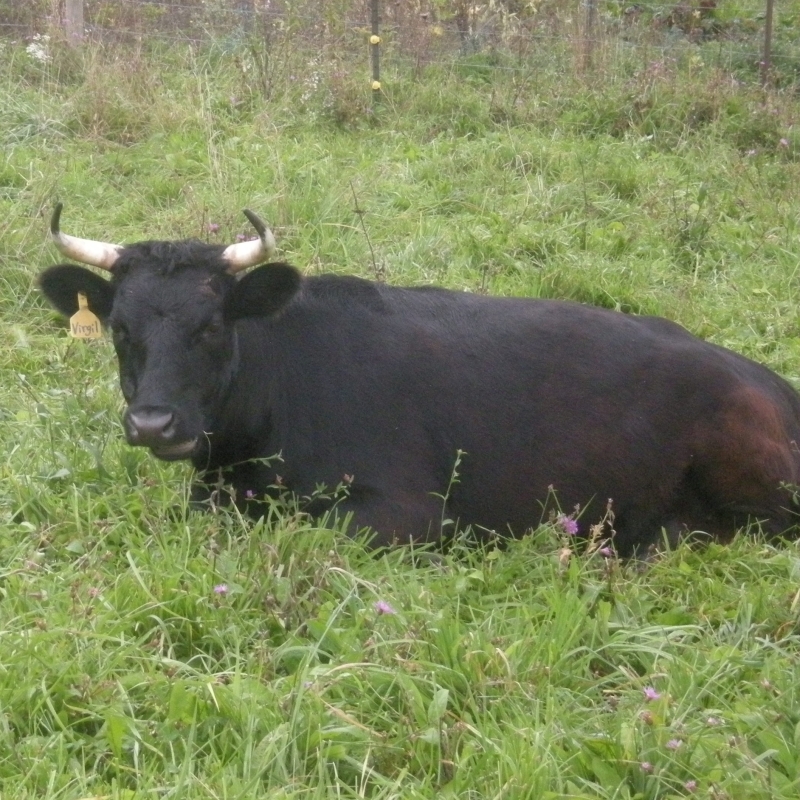
One of my favorite views are cows laying down chewing their cud. It is a sign of being contented and adequately fed; in my book, a happy cow!
Turkey for Thanksgiving – 2022
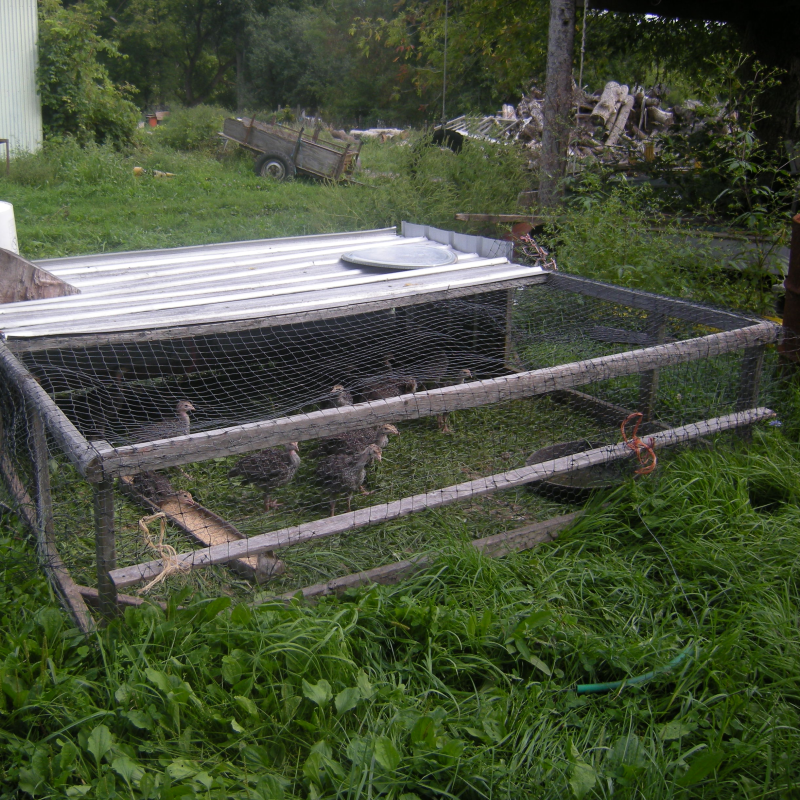
We are raising turkeys for Thanksgiving. These birds are moved regularly, getting fresh grass which they love. They also receive locally grown organic grains. And we let them out of the pen to free-range. They enjoy being able to roam and eat. If night comes and we haven’t put them back in their pen, they end up roosting on our cellar door.
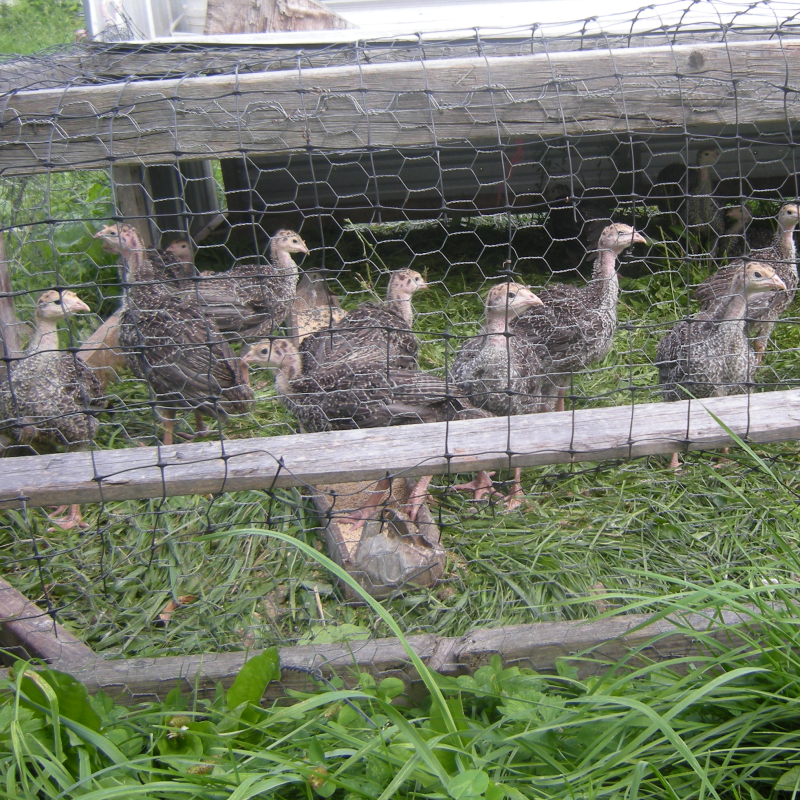
We are taking preorders for these turkeys – $20 down which will be put toward the total when you pick the turkey up. Preorder price is $5.00/lb through Saturday, November 19. November 20 and following they will be $5.25/lb. They will probably be 12-16 lb. We can try to accommodate your size preference, but please be willing to take something a little smaller or larger as needed.
Turkeys will be ready on Saturday, November 19 after 3 p.m. They will be fresh and can be refrigerated for up to one week. Let us know what you would like – how many, what weight range, if you want the giblets (heart & liver) – and how you would like to pay $20 down (in person or by invoice). Email us at sales@tojfarm.com or call/text 315.200.2341.
ON Farm Fest 2022

Onondaga County Farm Fest is happening this Saturday, September 17 at various farms throughout the county. We will be participating with Brady Farm, 150 Ford Ave., Syracuse. We hope to see you there!
Animal and Garden Chores
Ron and Beth recently had to cover some animal chores for about 10 days because the young crew was away. Ron took on milking the cow, checking her water, and extending her pasture as needed; feeding, watering and letting out the chickens; and watering the sheep and goats. He regularly milks his goat and moves her kids twice a day to new grass. The time his daily chores took each morning doubled.
Beth took on the daytime and evening chores. She found out where lots of things were and stretched muscles that aren’t used in household chores. (Cows, pigs and turkeys are managed by an older son who was around all week. We are glad we didn’t have to do those chores, too!)
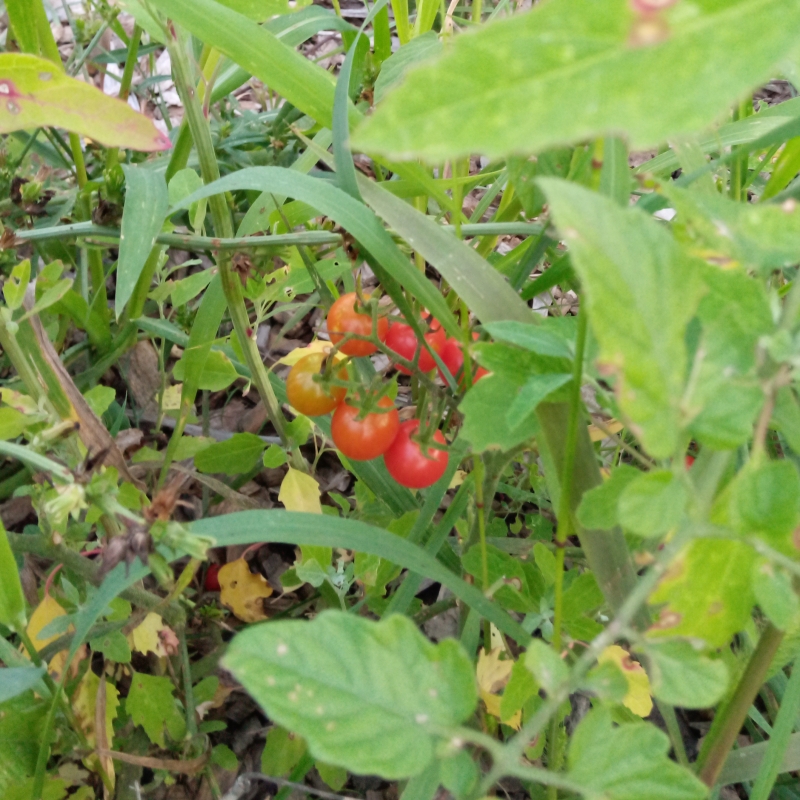
Garden chores were basically (harvest) tomatoes, beans, squash, repeat. These chores need to be done every 2-3 days or the vegetables split, stop producing, or get too large, respectively. So every day involved harvesting.

Tomatoes 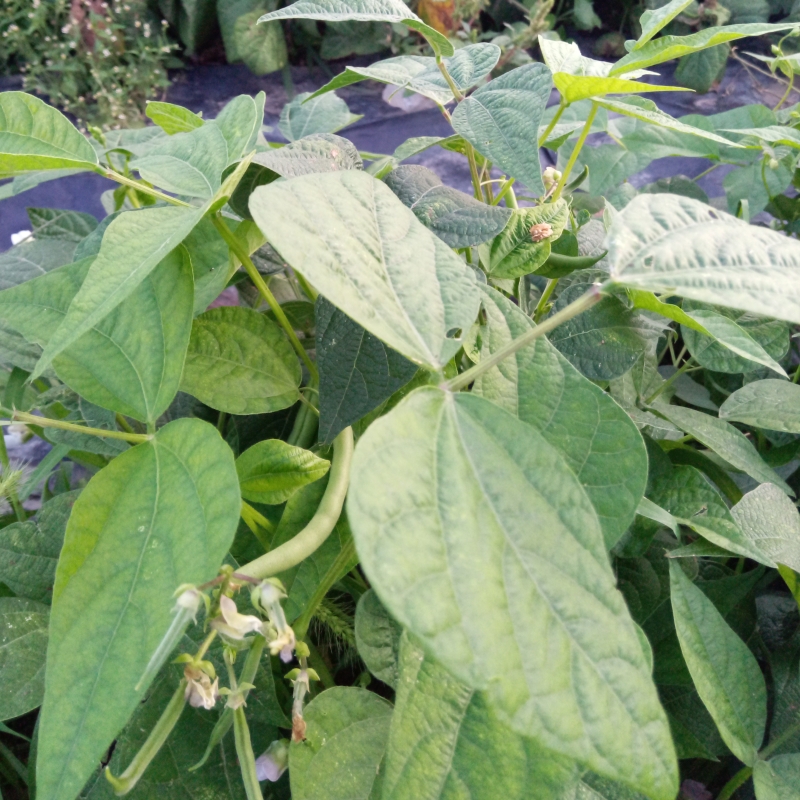
Beans 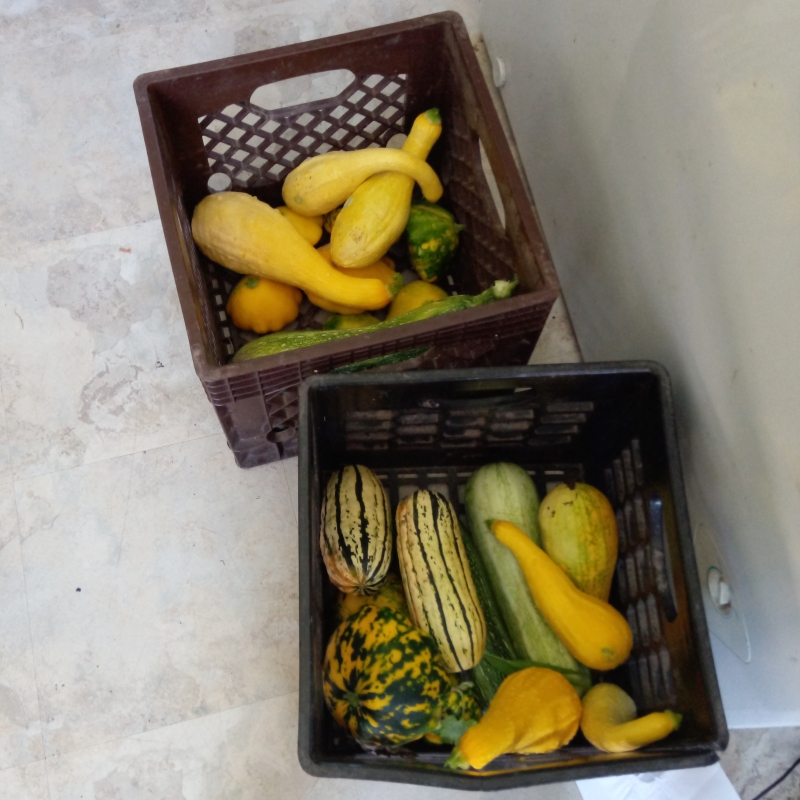
Squash
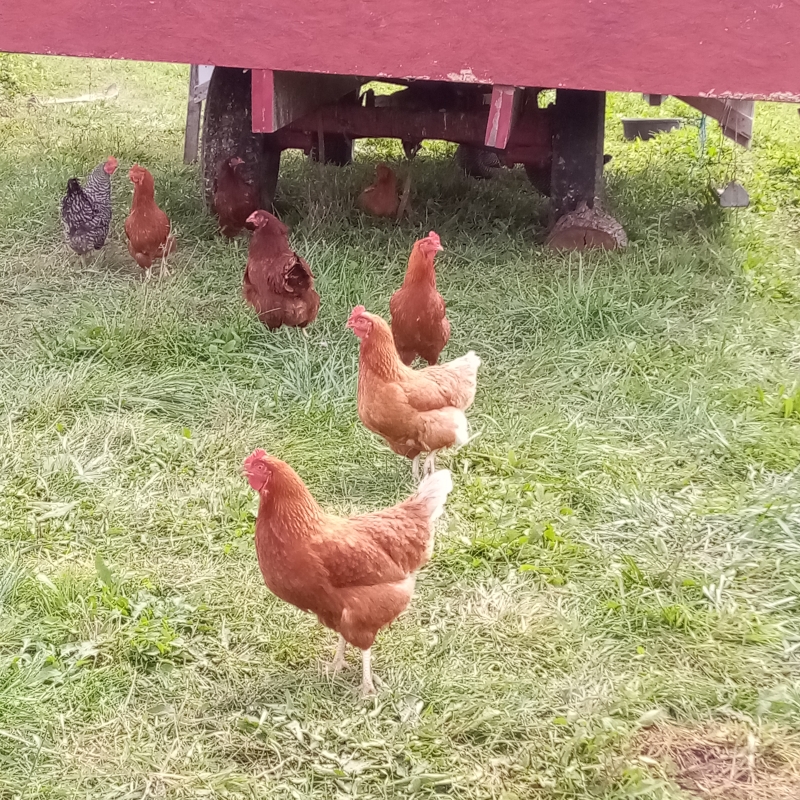
On the hot afternoons she would check water for chickens, pigs, sheep and goats. She would also check goats that were staked to make sure they weren’t tangled.
Late in the day she would collect the eggs from the Taj Mahal. The nest boxes are built into the right side. While we can collect eggs from the outside, many times we go inside and collect them that way. Currently we are getting about 3 1/2 dozen a day.

Outside of Taj Mahal 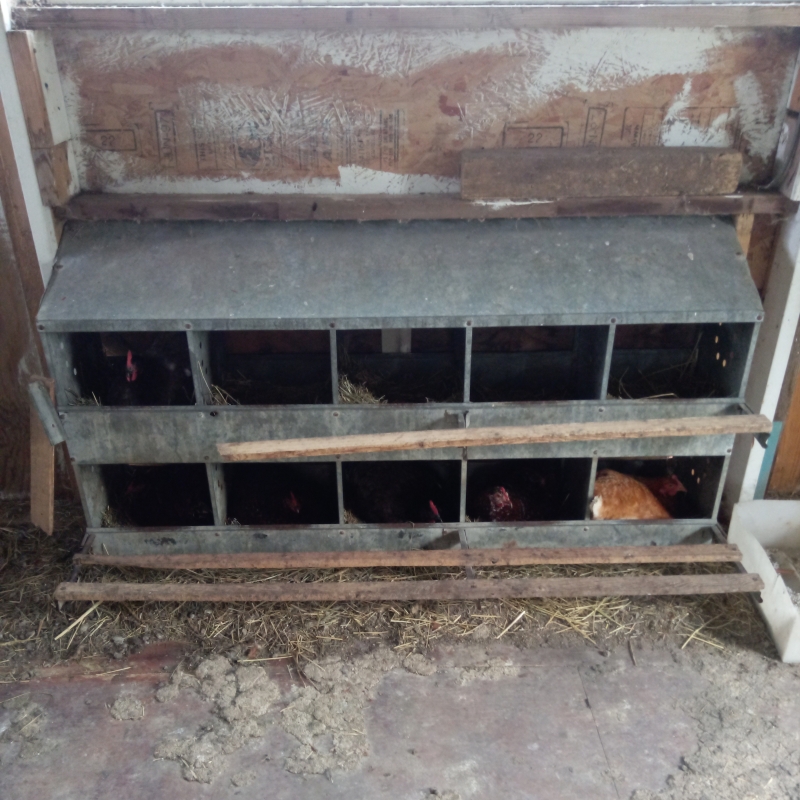
Nest Boxes 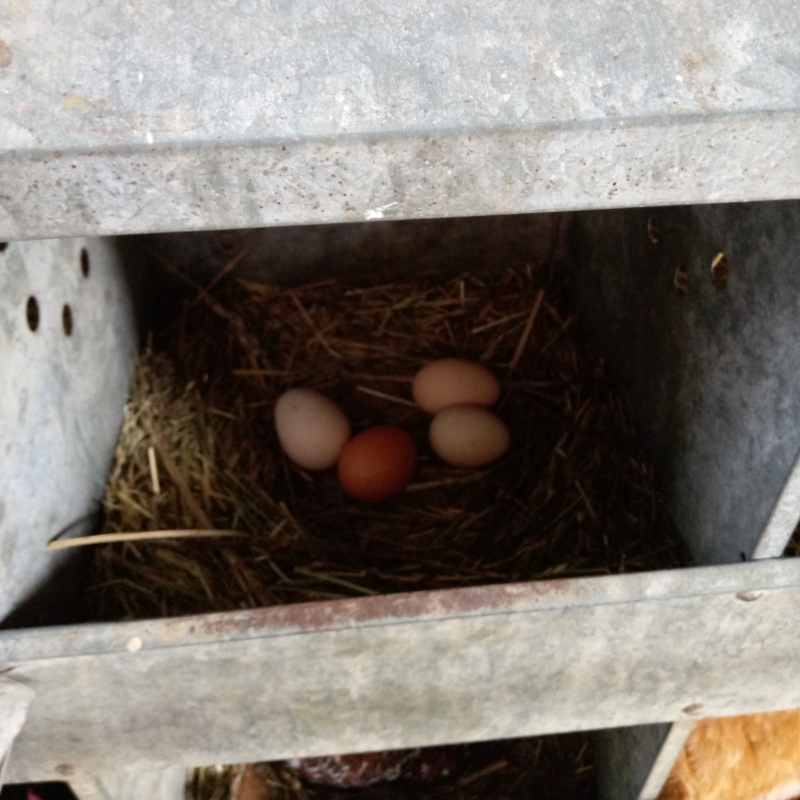
Eggs
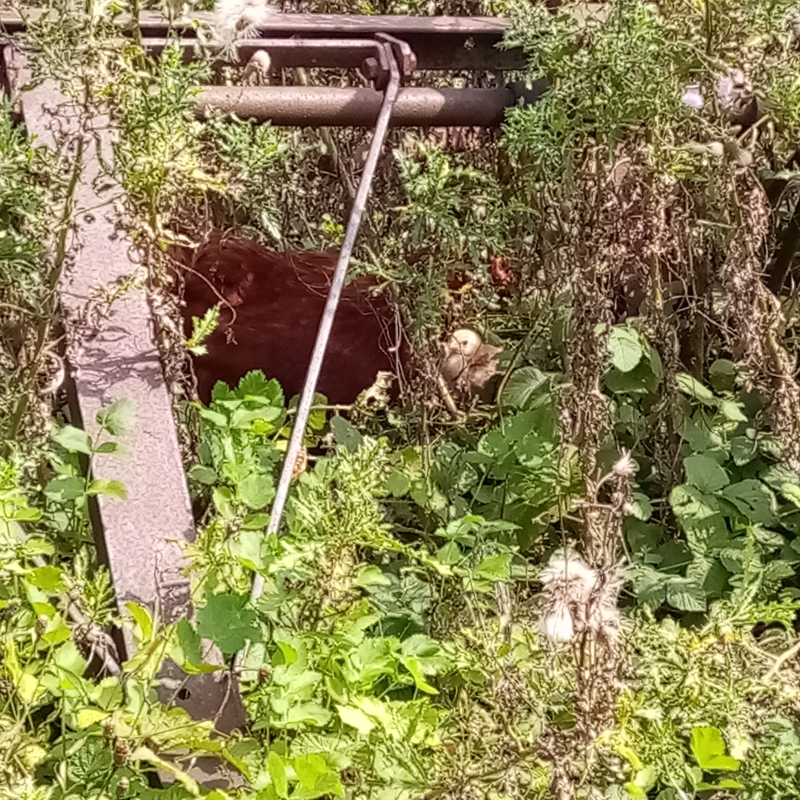
Sometimes she would hear and see the Rhode Island Red hen with her yellow chicks hiding in the weeds. The hen always makes a humming sound, and the chicks make peeping sounds, so if they are around, they can be heard, though not always seen.
Each evening she washed and boxed the eggs. Then after dark she went out to lock the chickens in.
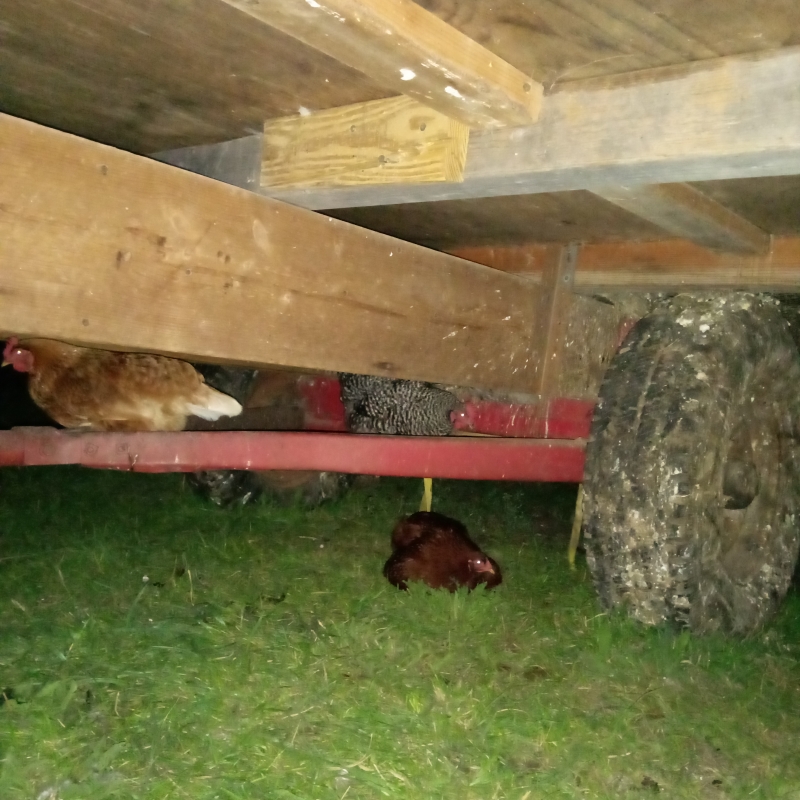
Usually 2-5 hens roosted on the tractor frame. While they might flap their wings when moved, they don’t peck or try to run away. They are quite docile and are easily moved into the Taj Mahal.
The mother hen nests on the ground with her chicks under her. We let her be and hope for the best.
These chores took a lot of the day. It is also harvest season, so each day we canned something – beans, beets, pear sauce, and pears. Two older sons, who were around evenings, helped with the prep work for these things. Life was steady!
We are grateful for the regular, faithful labor of the young crew. Good to have them go, good to have them come home!
Squash
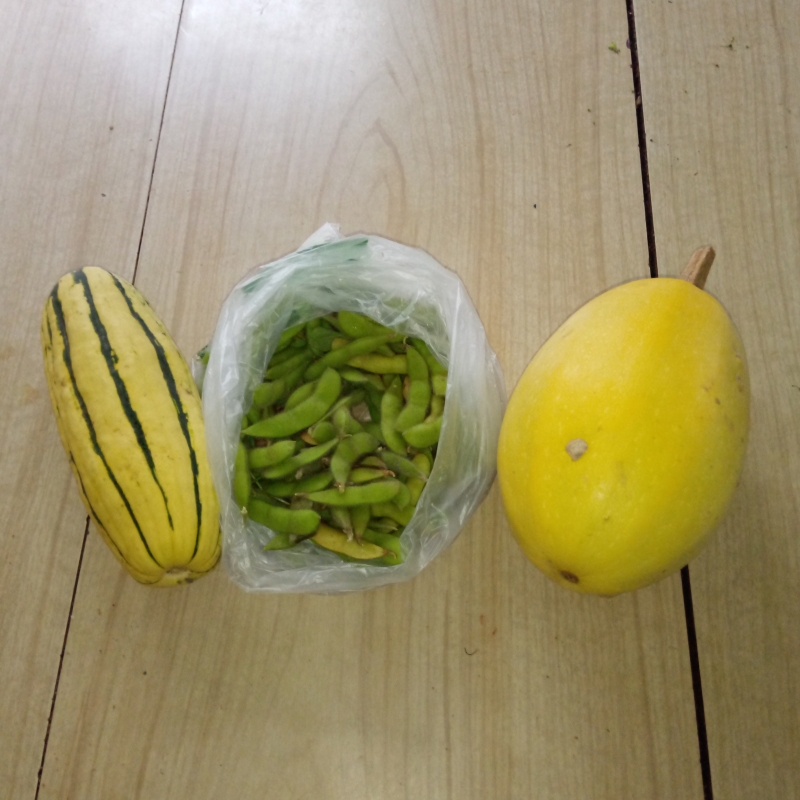
Here are veggies for this week – Delicata squash, edemame (soybeans), and spaghetti squash. Yummy!
Baby Chicks, the Natural Way
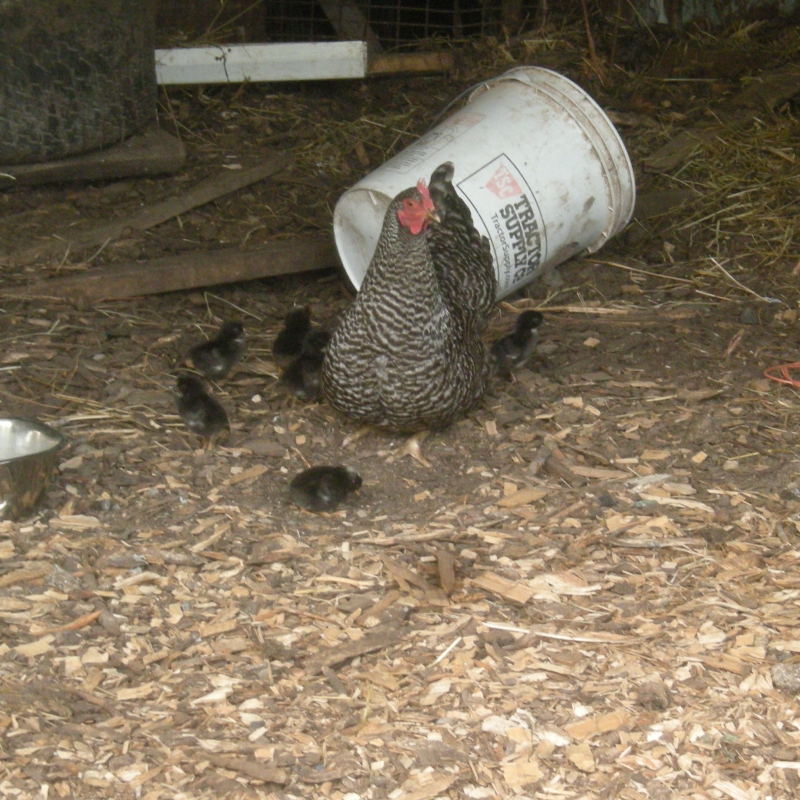
Last week we found this mother hen with her chicks. Over the week we have counted and she has 8 chicks.
Yesterday we saw a Rhode Island red hen with little yellow chicks. Put your I Spy eyes on and see if you can spot them. We don’t have a count yet.
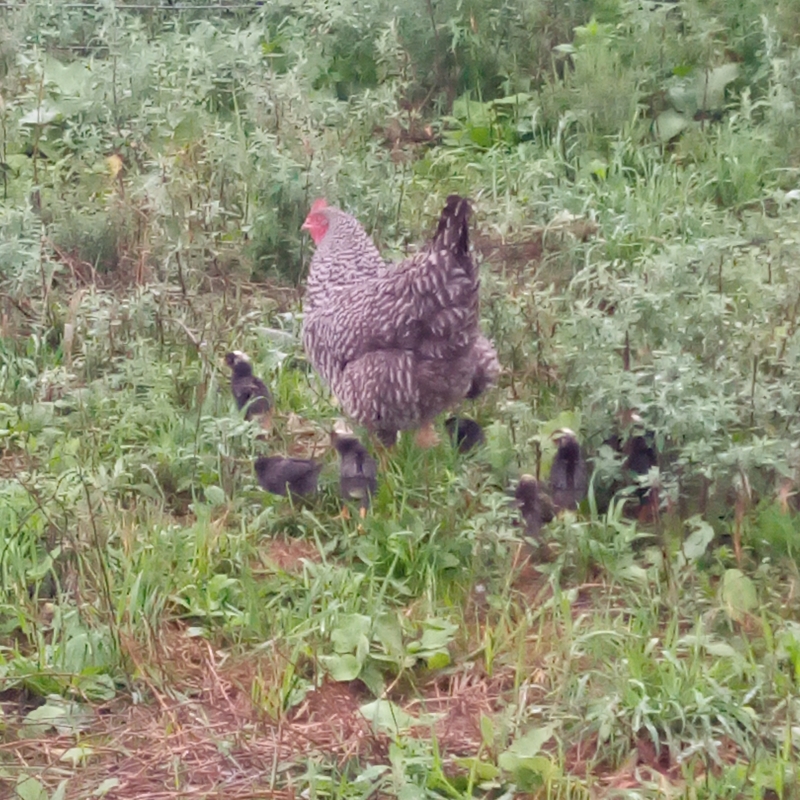
The barred rock hen and chicks are still doing well.
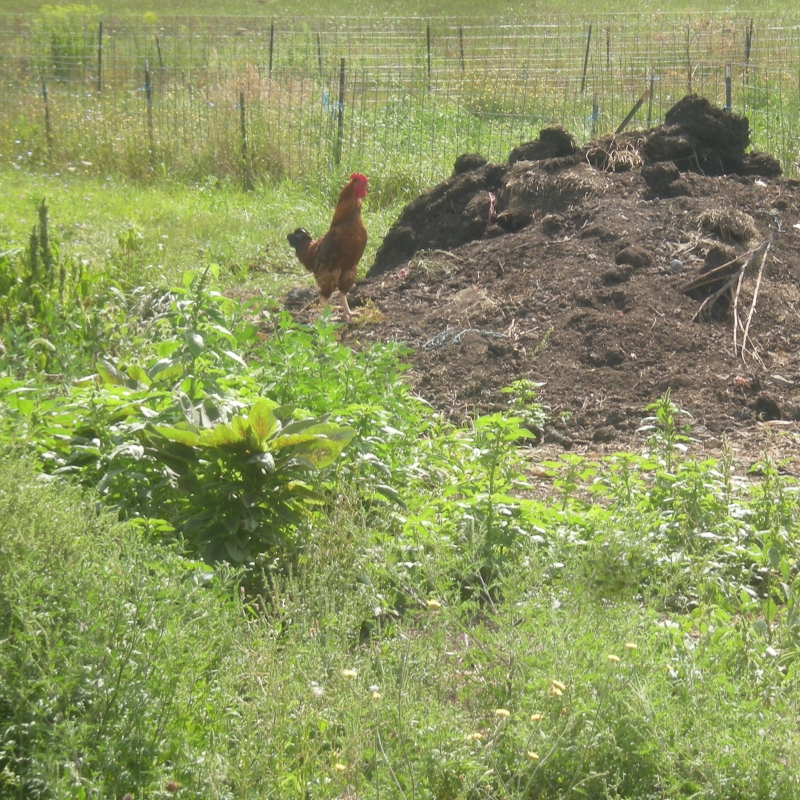
We only have one rooster right now, so he must be the papa.
Poults (or Baby Turkeys)
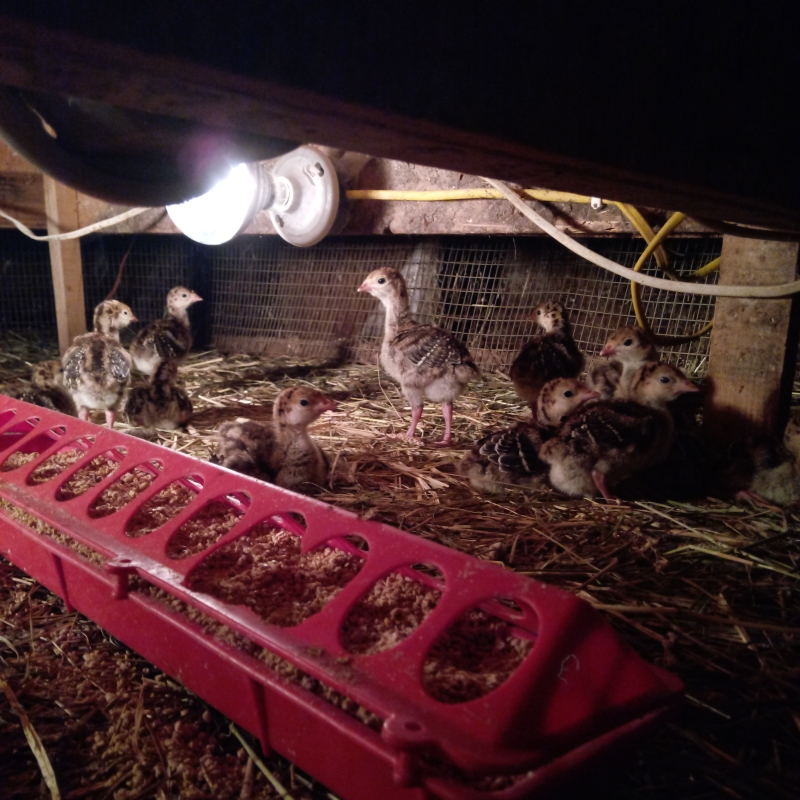
The poults arrived last week. They are eating, drinking and socializing with their pipping sounds. They will be in the brooder for about 3-4 weeks until they feather out. Then they will move outdoors.
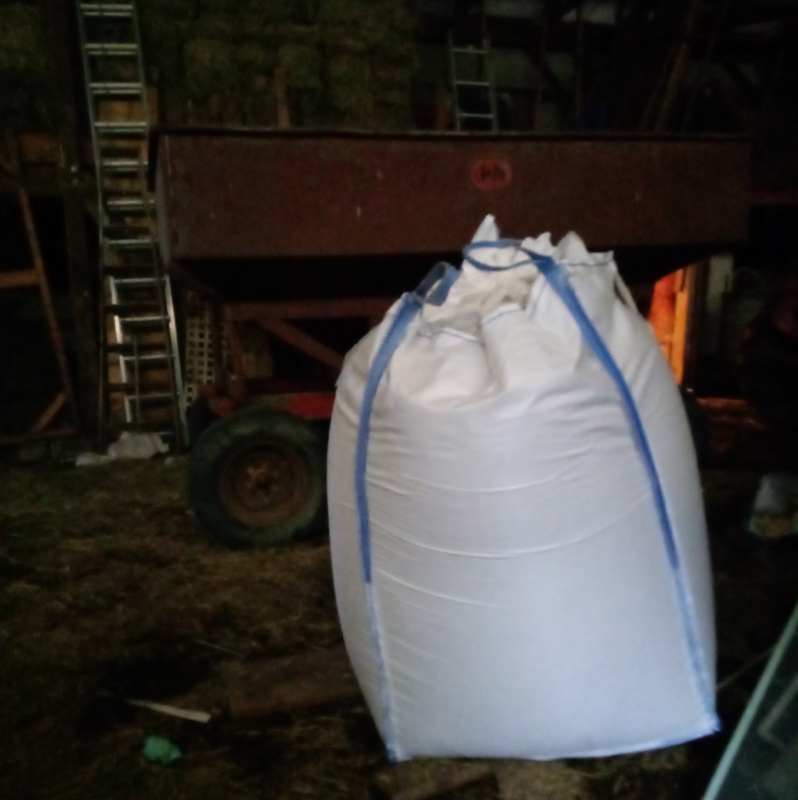
We are giving them antibiotic-free turkey feed with 28% protein. Once they move outside they will start getting this tote of local organic grain that is 23% protein. They need more protein at first to get a better start.
We are raising this to have fresh turkey for Thanksgiving. They will be processed on the Saturday before Thanksgiving. Email us if you are interested in pre-ordering one of these.
What Do You Do with Beets?
Guest post by Carolyn O.
Every time we get fresh eggs from the farm we notice again how white the whites are and how bright the yellow yokes are. That makes them perfect for one of the prettiest dishes I make. It’s also a very easy way to use leftover beets and extra eggs. I pickle them!
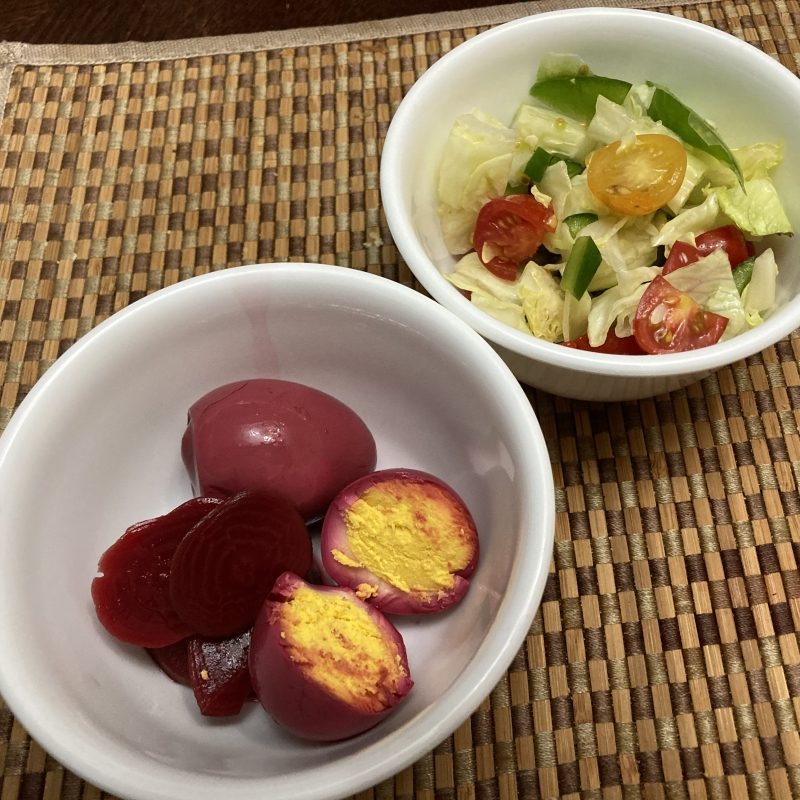
Ingredients
Method
- In a small sauce pan bring the vinegar, beet juice and sugar with any spices you add just to a boil and then pour the syrup over the beets, eggs and onions in a clean canning jar.Cover it and refrigerate for about 48 hours. The longer the wait the stronger the pickle taste, but every day the pink beet juice penetrates the egg further, dyeing more of the egg white until it is all pink.
